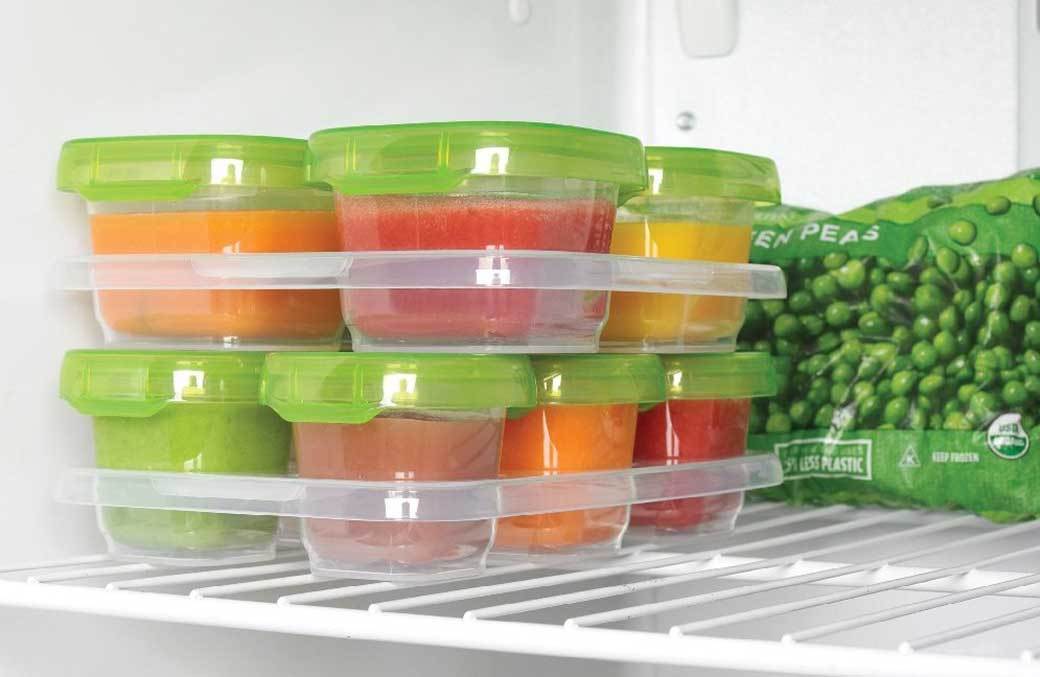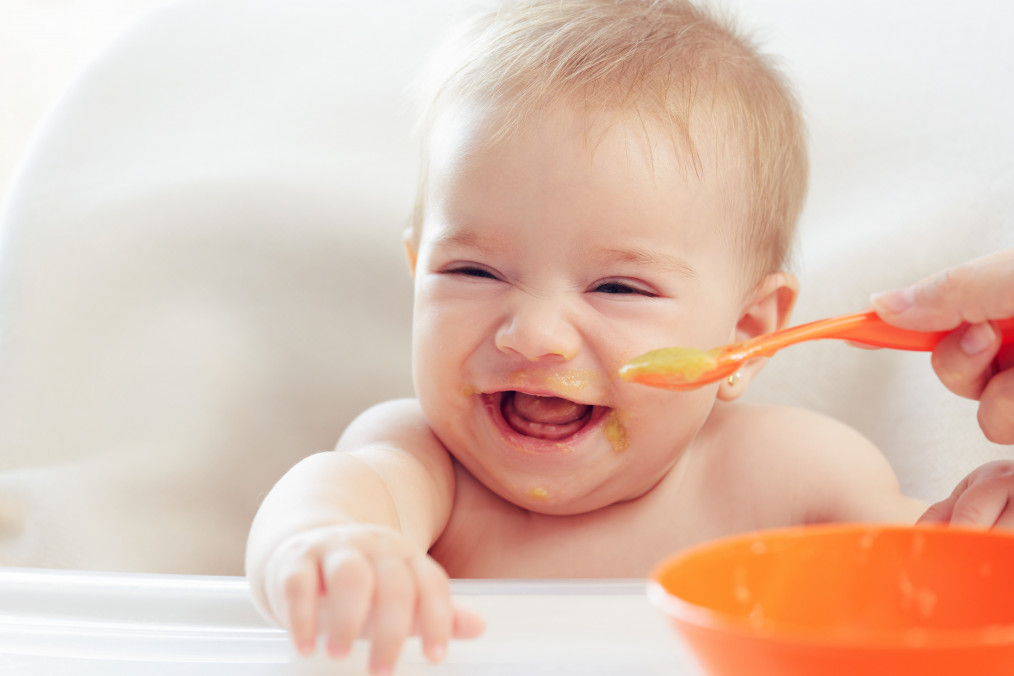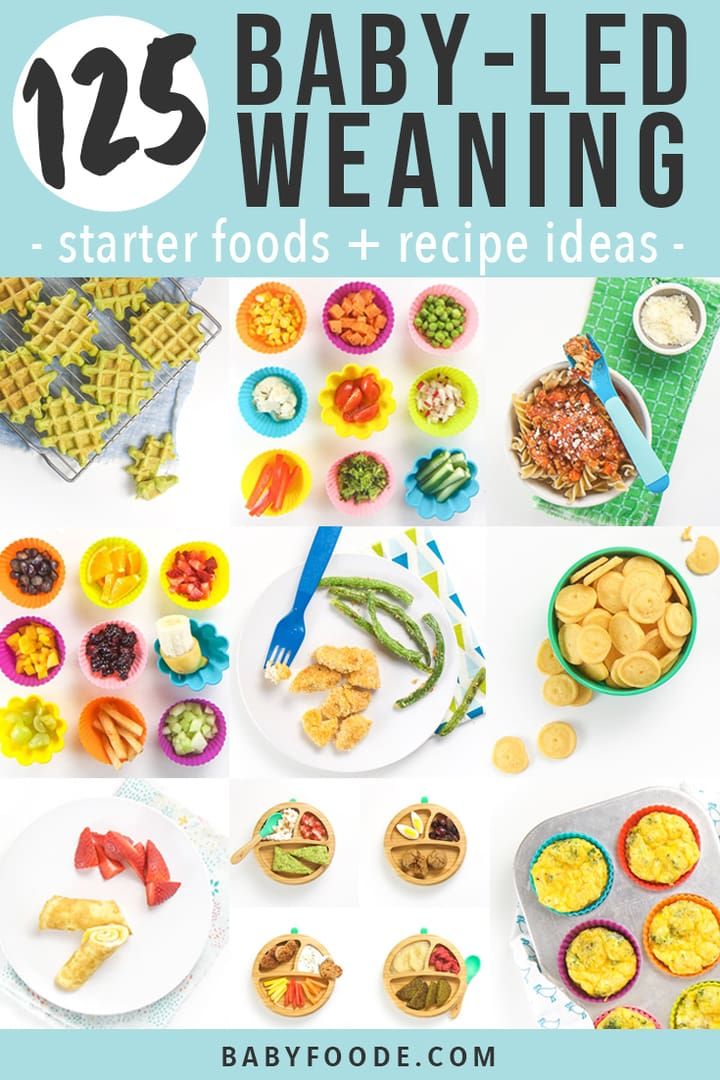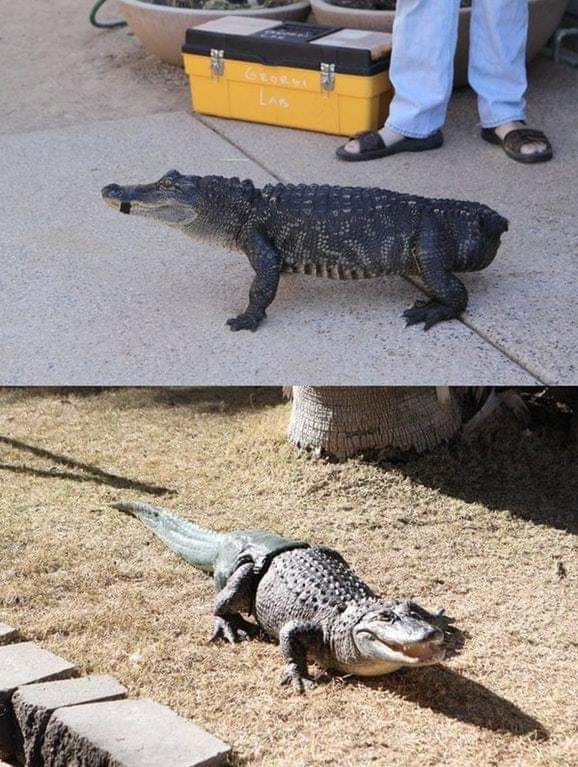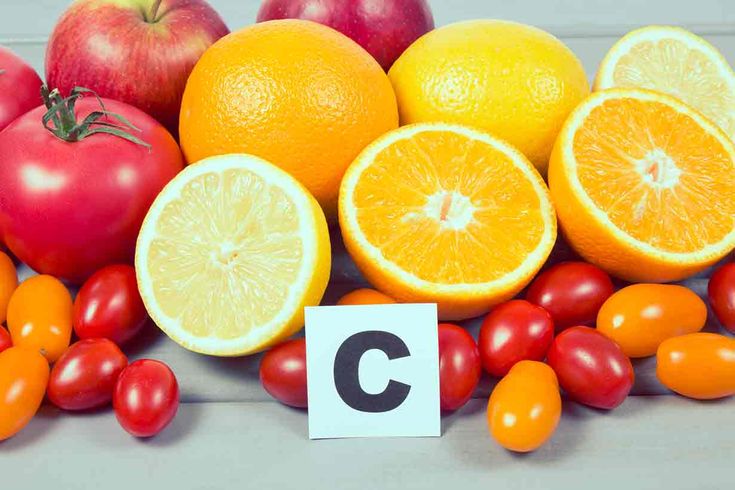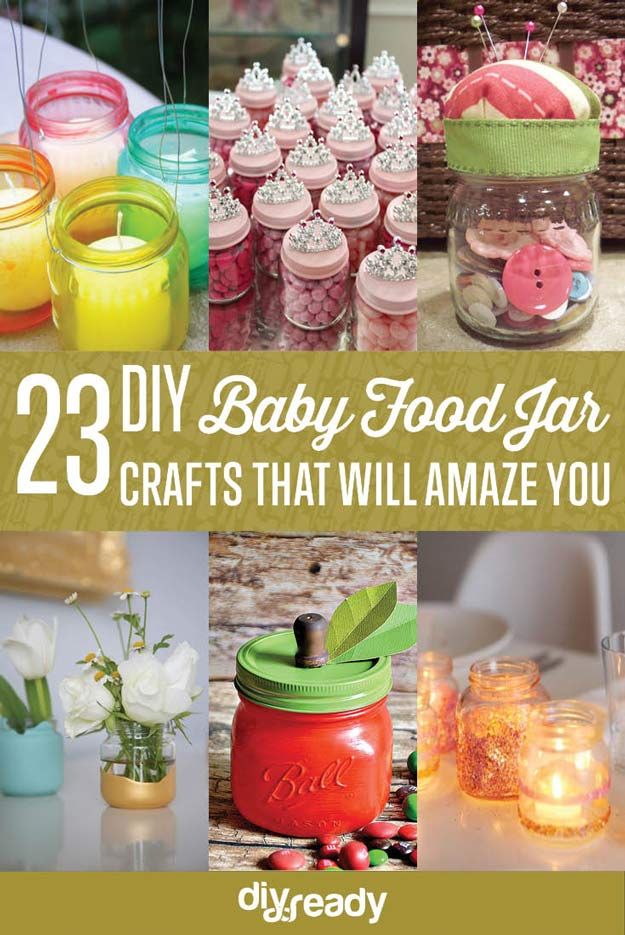Baby food storage ideas
Tips on Freezing and Best Containers
Learn the secrets to storing and freezing homemade baby food for ultimate freshness—AND the best baby food storage containers to use to ensure that you never waste what you make!
Baby Food Storage
Going through the effort to make homemade baby food really only works if you have a good plan for how to store the food to ensure that it stays fresh and that baby has plenty of opportunities to enjoy it. After making a LOT of baby food for my third kiddo to send with him to daycare, I got into a good routine of making and storing baby food—both in the fridge and freezer. Here’s how you can do it too.
TIP: You can find my favorite baby food recipes here.
Homemade Baby Food Storage: In the Fridge
You can store baby food in the fridge in airtight containers for up to 3 days. You can use masking tape and a Sharpie to label the containers with the contents and the date if you have a hard time keeping track of when you made something. (It’s definitely helpful to do that!)
Best Baby Food Storage Containers
I have a four favorite baby food storage containers that I use regularly.
1. Wean Green Baby Food Cubes
These are small, incredibly durable, and made from glass. They’re easy to clean and last forever. (Seriously, I’ve been using the same set for 7 years and they’re still as good as new!) $19.99 for a set of 4
2. Easy Lunchboxes Mini Dippers
These small containers are a perfect size for 1-2 frozen baby food cubes and they’re my go to for packing food for a baby to take to daycare. They also nest nicely when stored in the cabinet. $7.95 for a set of 8
3. Beaba Food Storage Containers
I have two sets of these and I use them regularly for larger amounts of baby food (you could probably fit 4 cubes of frozen food) and for toddler snacks. When assembled, they snap together, so they’re an easy way to stay organized. $14.95 for a set of 6
4. Oxo Tot Baby Food Blocks
This neat system is easy to keep contained in the fridge and is also made from a polypropylene body that is PVC, BPA, and phthalate free.![]() They are dishwasher and microwave safe. $9.99 for a set of 6
They are dishwasher and microwave safe. $9.99 for a set of 6
Homemade Baby Food Storage: For Freezing
Storing homemade baby food in the freezer allows you to make a bigger batch at once, and then serve it to baby over the course of a few weeks or months.The easiest way is to use an ice cube tray, which has the added benefit of portioning out the baby food nicely.
TIP: Any ice cube tray will do. You can use silicone ice cube trays if you prefer a non-plastic option.
Baby Food Storage Without An Ice Cube Tray
If you don’t have an ice cube tray or you’d just rather not use one, you can place a predetermined amount of baby food into a pint-size freezer bag. Remove as much air as possible, press flat, and seal. Place flat in the freezer to freeze. Then you can thaw the entire bag in the fridge overnight, or break off a portion of it to thaw.
How to Store Baby Food in the Freezer Step by Step
- Place baby food into each compartment of the ice cube tray, or fill as many as you need to with the amount of baby food you have.

- Cover (if your ice cube tray has a cover) and freezer for 4-6 hours or overnight.
- Pop out frozen cubes and transfer to freezer storage bags. Label as desired with the type of baby food and the date.
- Store in the freezer for up to 3 months.
TIP: I like to have a bag of sweet fruit purees and more savory vegetable purees to avoid having too many separate bags in the freezer at any given time. Then you can combine them into baby food combinations easily!
How to Thaw Baby Food
To thaw baby food, simply remove a cube (or as many as you need) and place into airtight containers. Thaw overnight in the fridge and serve. 1 cube may be plenty for a baby aged 6-7 months and older babies may enjoy two cubes.
Tips for the Best Baby Food Storage
- Keep fresh baby food in an airtight container for up to 3 days in the fridge.
- Use a regular ice cube tray to freeze, a silicone ice cube tray with a lid, or a small freezer bag with the contents pressed flat.

- Store frozen baby food in a freezer storage bag in the freezer for up to 3 months.
- To avoid freezer burn, try to remove as much air as possible from the storage bags.
- Label your bags with the contents and the date.
- To thaw baby food, simply remove a cube (or as many as you need) and place into airtight containers. Thaw overnight in the fridge.
- Use leftover baby food to flavor yogurt, baby oatmeal, baby rice cereal, smoothies, or cottage cheese.
- See some of my favorite Baby Food Pouch recipes here for more ideas on how to serve your baby food!
I’d love to hear your feedback if you have another storage technique or container that you love, so please comment below!
8 Creative Ways to Store Baby Food
You don’t need a giant freezer to store all that baby food you’ve been busy whipping up. You just need the right containers. Experiment with these easy freeze methods to see which works best for you.
1
Image: NUK
Ice Cube Trays
Why we love it: Store at least a dozen servings of baby food ahead of time – and you won’t have to worry about breaking out the blender every night! Trays are made to easily stack in the freezer, so they won’t take up much room.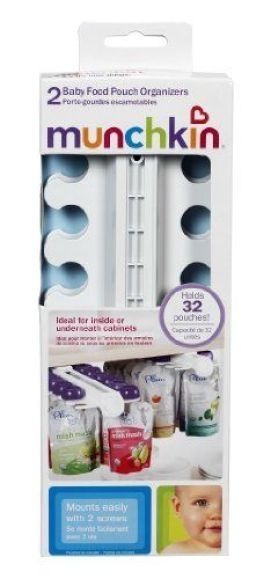 And this one by NUK comes complete with a lid.
And this one by NUK comes complete with a lid.
How to store it: Rinse and sanitize the ice tray before using. Fill each ice cube cubby with pureed baby food, until you’ve used every available space. Cover with plastic wrap (or a lid, if you have one) and freeze.
2
Image: Shutterstock
Cookie Sheet Splats
Why we love it: You don’t have to spend a dime! Just cover a cookie sheet in parchment paper and you’re ready to go.
How to store it: Prepare baby’s food and drop it by the spoonful on a cookie sheet covered with parchment paper. Pop in the freezer until completely frozen. Then, store them in plastic bags or Tupperware.
3
Image: Wholesome Baby Food
Bulk Freezer Bag Storage
Why we love it: It’s easy. Plus, you won’t waste time racking your brain trying to remember what those green cubes are (avocado? spinach? broccoli?) or if they’re still safe for baby to eat.
How to store it: Prep baby’s meals in ice cube trays or in spoonfuls and once they’re frozen through, pop them in freezer bags labeled by food and date.
4
Image: Kitchen Craft
Silicone Muffin Cups
Why we love it: Because they’re flexible, it’s really easy to pop out single servings of baby’s food, and you can reuse them again and again. Try this colorful set of 12 by Kitchen Craft.
How to store it: Make baby’s purees and place them in these individual wrappers to freeze. Store them right in their cups or pop them out and place them in freezer-safe Tupperware.
5
Image: Nuby
Ice Tray Pops
Why we love it: Making baby’s food just got a whole lot cooler now that you can store them in all sorts of shapes, sizes and designs!
How to store it: Make baby’s purees and when the time comes to freeze them, use these ice pop trays instead. They’re BPA free (score for baby!) and dishwasher safe (score for you!).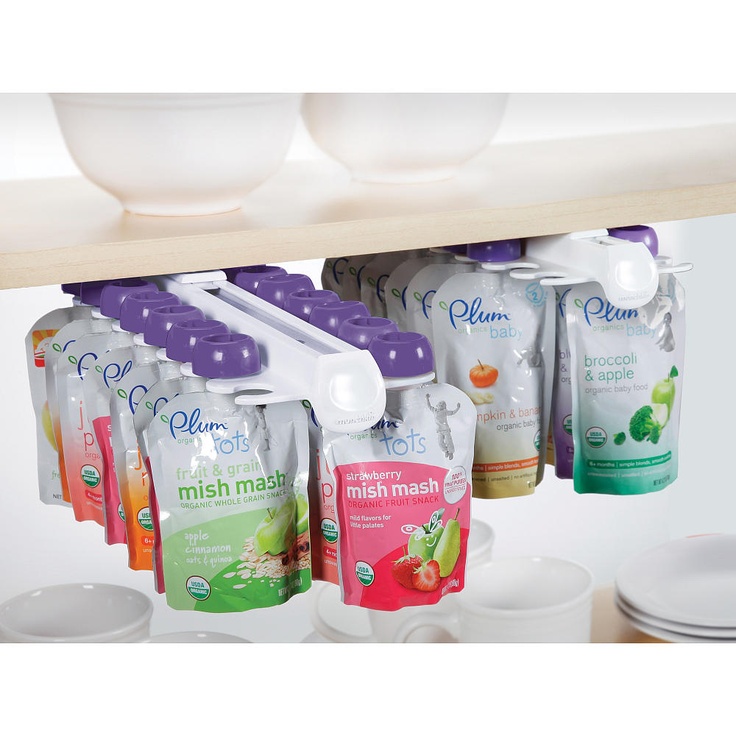 Plus, when baby’s old enough, you can use them to make popsicles.
Plus, when baby’s old enough, you can use them to make popsicles.
6
Image: Shutterstock
Freezer-Safe Jars
Why we love it: It’s a totally retro idea with a modern twist—and they’re reusable and recyclable.
How to store it: Make sure you’re buying freezer-safe canning jars (we recommend Ball’s Jelly Canning Jars). Otherwise, they’ll crack. After you prep baby’s food and put it in the jars, seal them tightly and store them in the freezer for up to three months. When you’re ready to use the food, thaw under warm water.
7
Image: OXO/Target
Freezer-Safe Baby Tupperware
Why we love it: Baby-sized Tupperware is worth investing in — you’ll use it for baby food now and for toddler snacks later. Most are BPA-free (and won’t contaminate baby’s food). This set by OXO Tot is air-tight and liquid-tight—nothing in, nothing out!
How to store it: After mashing those avocadoes, freeze them right in these colorful storage containers.
8
Image: Target
Mini-Muffin Trays
Why we love it: When you’re not busy baking batch after batch of mini-muffins, these trays double as the perfect portion size for baby’s mini meals.
How to store it: Store mashed veggies or fruits in stackable trays. After you’ve filled all the available space, cover tightly with a lid or plastic wrap to prevent your purees from getting freezer burn.
Please note: The Bump and the materials and information it contains are not intended to, and do not constitute, medical or other health advice or diagnosis and should not be used as such. You should always consult with a qualified physician or health professional about your specific circumstances.
save article
Next on Your Reading List
Article saved.Go to My Saved Articles
Article removed.
Name added. View Your List
How much and how to properly store baby food
The type and quality of a child's nutrition in the first months and years of life depends on his health and proper development. But getting quality products is only part of the story. It is important to know how much baby food can be stored so that its subsequent use is healthy and safe for the baby.
But getting quality products is only part of the story. It is important to know how much baby food can be stored so that its subsequent use is healthy and safe for the baby.
General
Breastfeeding is considered the best for a small child, but the mother cannot always be present, so it is necessary to store expressed breast milk in the refrigerator. It can then be reheated and used for feeding.
As the child grows, various milk porridges, fruit, vegetable, and then meat purees, etc. are gradually introduced into his diet. the quality and type of food consumed. Therefore, the question of how and where to store baby food in a family with babies should be paramount.
You should carefully study the manufacturer's recommendations on the rules for storing products of this type in a sealed bag and after opening it. And strictly adhere to them. It is necessary to observe the term and conditions of storage of baby food only according to the instructions on the package.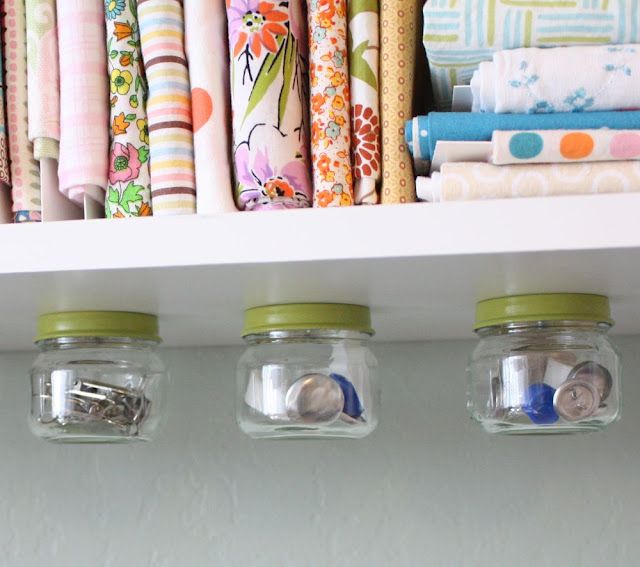 It is necessary to adhere to the instructions even if it differs from the recommendations of other manufacturers of similar products.
It is necessary to adhere to the instructions even if it differs from the recommendations of other manufacturers of similar products.
If there is even a slight doubt about the quality of yogurt or vegetable puree, it is thrown away without much thought so as not to expose the baby to the danger of getting an eating disorder or, worse, serious poisoning.
Breast milk
Breast milk should be stored after expression in special sterile containers. It can be kept in bottles, cups, containers or plastic bags sold in pharmacies.
Breast milk containers must be graduated, sterile and easy to use. A sealed lid is a must.
The shelf life of breast milk after expression at +19°C to +22°C should not exceed 10 hours. At +22°С - +25°С this time is reduced to 4 - 6 hours.
At +25°C and above, breast milk can be stored for no longer than 2-3 hours.
In the main compartment of the refrigerator, you can leave the product for 24 hours, and if it is frozen - up to 3 - 4 months. At the same time, the freezer door should not be opened too often and for a long time.
At the same time, the freezer door should not be opened too often and for a long time.
Porridges for dilution
The shelf life of dry porridges and mixtures is quite long if the integrity of the package is not compromised. When products were purchased in cans, even after they have been opened, mixtures can be stored in their “native” packaging.
If dry mixes or cereals are packaged in bags or boxes, after they are opened, the contents are poured into another container. It is better if these are food containers with a tight-fitting lid.
How long baby food can be kept open depends on the conditions in which it is stored. Usually this period is 2 - 3 weeks. But if the product becomes damp or lumps form in it, it is better to throw it away immediately.
When the appearance of the porridge does not cause concern, but it is known that the package was opened more than 3 weeks ago, it is no longer possible to give it to the child. In extreme cases, it can be used in baking if it is intended for an adult.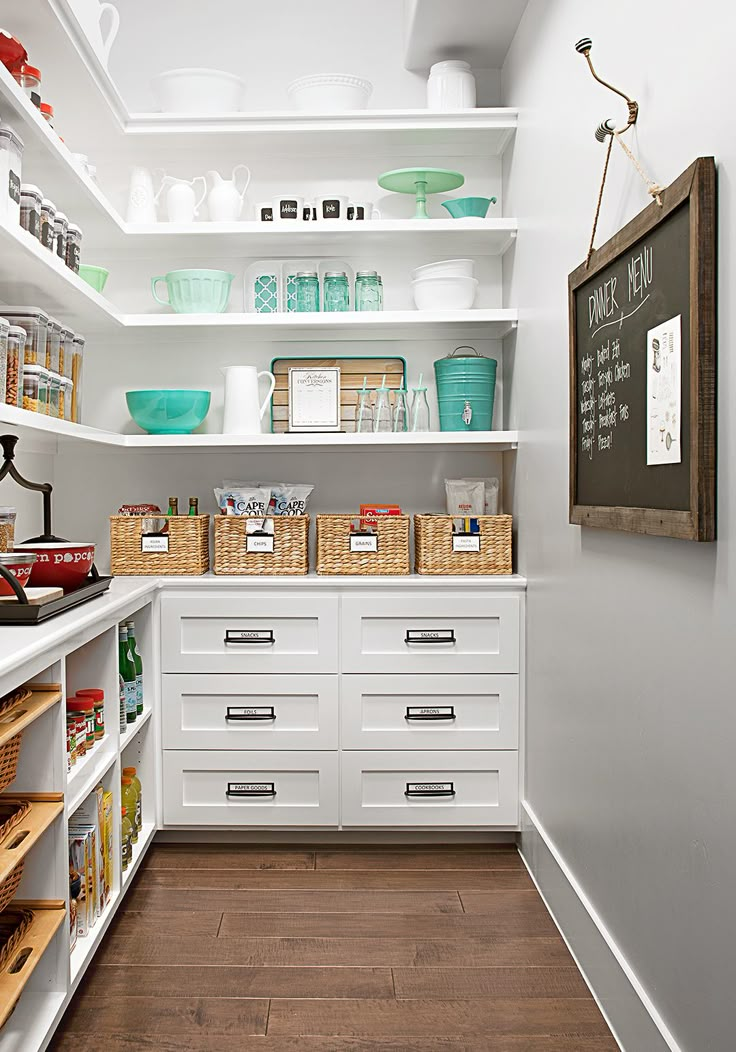
Powdered infant formula should be stored at a low humidity level, protected from light. Dampness is the biggest enemy of such products. The measuring spoon for dosing the mixture should always be dry. And the packaging must be tightly sealed every time. At the same time, they try to squeeze out the remaining air from the bag so that the dry product does not absorb the moisture that is present in it.
Dry baby food should not be kept in the refrigerator as it will quickly become damp and spoil. After cooking porridge, it can be stored for 1 - 2 hours, no more.
Where to store baby food in jars
The storage temperature of baby puree in a closed jar should be up to +12°C, and after opening the container - +4°C.
If this product is not refrigerated, it will keep for up to 6 hours after opening the package at temperatures up to +20°C. And when the temperature rises - up to 4 hours.
Even a factory-sealed jar of juice or puree should be placed in a cool, dark place.
The product will deteriorate before the warranty period if stored at +26°C or more.
Once opened, the puree can be refrigerated for up to 24 hours, provided that feeding is not done directly from the jar. Be sure to set aside the required amount in a cup with a clean spoon. The remaining mass is tightly closed with a lid and put on the shelf of the refrigerator. A serving of food that has been set aside is warmed up in a separate container, but do not heat the whole food jar .
If the baby is fed directly from the container containing the puree, its shelf life will be reduced to a few hours, even in the cold. This is due to the development of bacteria that enter the jar along with the child's saliva.
Baby meat puree can be stored in unsealed packaging for up to 1 day. Storage conditions are the same as for vegetable and fruit products. At the same time, it should be transferred from a metal jar to a dry, sterile glass container and tightly closed.
It is undesirable to leave meat products in the original jar after opening, even for a day. And in the form closed by the manufacturer, it is stored in accordance with the instructions.
Homemade cereals, purees and juices
This category of baby food products has the same storage rules as diluted cereals.
Cooked porridge is crushed with a blender until a homogeneous mass is obtained, and then rubbed through a sieve. During the cooking process, various microbes from the air enter it, so the shelf life of homemade porridge for a baby is very short. It is generally undesirable to store home-made food addressed to young children (maximum - 2 hours). Juice, vegetable or fruit puree will quickly become dark as a result of oxidation. Therefore, if the child did not eat something right away, the product should be thrown away, given to the most voracious adult family member, or frozen.
- Ready-made purees or juices are frozen in portions in small sterile containers with a tight-fitting lid or covered with cling film.
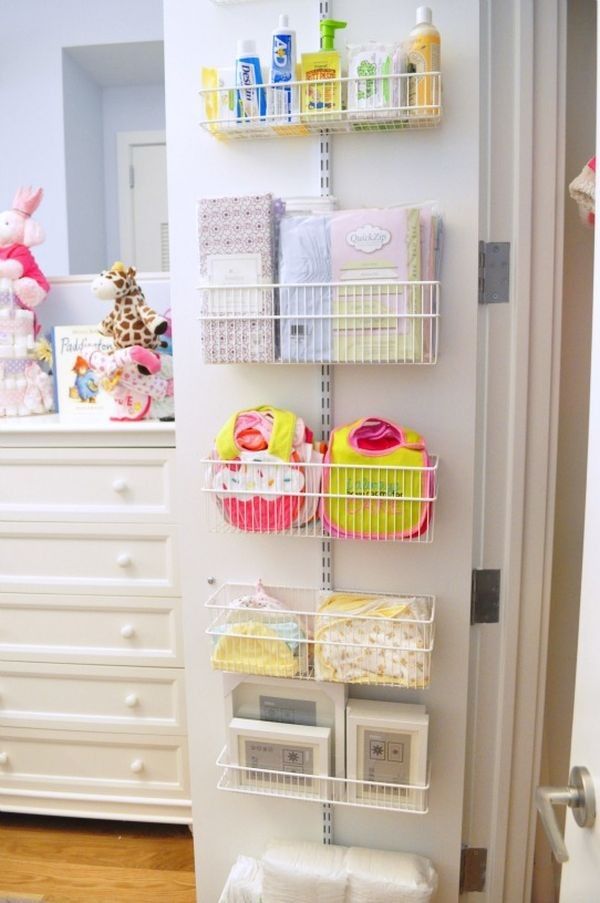
- Homemade puree can be frozen at -18°C and stored for up to 3 months.
- Cooked food can be kept on the refrigerator shelf for up to 6 hours.
- Do not freeze starchy purees (eg potato or peas). At negative temperatures, this substance will be destroyed.
Fermented milk products
Food cooked in a thermostat from sterilized milk is left in the cold for 3 days and stored in compliance with all standards. If the dairy product contains berries, fruits, juices, they are not subject to storage.
Storage of milk, kefir, yogurt, cottage cheese after opening the package can take up to 24 hours in the refrigerator. At the same time, products should always be tasted before being offered to the child. Perhaps they began to sour prematurely due to the incorrectly set temperature in the refrigerator.
A child's food should always be of high quality and fresh. Always store baby food in accordance with the manufacturer's instructions, or as described above.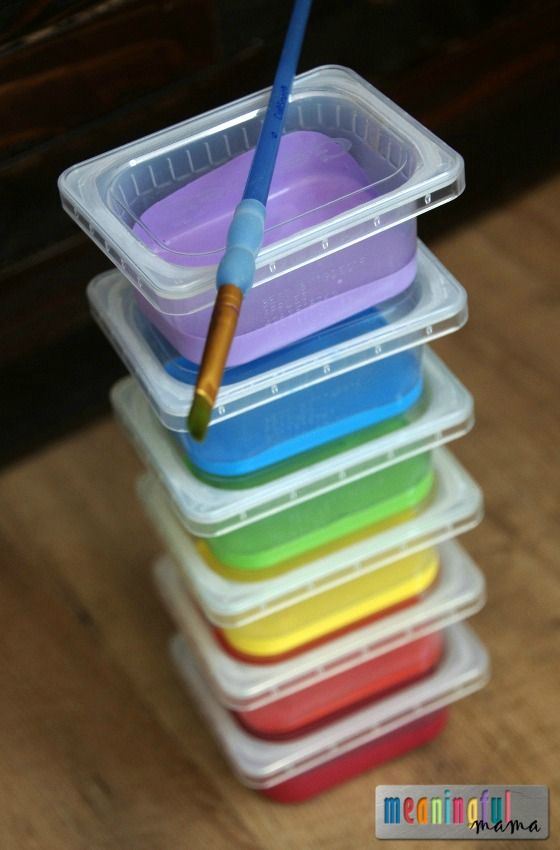 Nowadays there is no shortage of products for children. Therefore, at the slightest suspicion of the quality of food, it is better to throw it away immediately. And don't put the smallest member of the family in danger.
Nowadays there is no shortage of products for children. Therefore, at the slightest suspicion of the quality of food, it is better to throw it away immediately. And don't put the smallest member of the family in danger.
10 baby food ideas
Complain
Updated
When weaning starts, jars of baby food practically occupy the refrigerator. With vegetables, fruits, meat and poultry and mixes of everything and everything ... The kid eats the contents - but where to put the container? Conscious mothers try to find a use for empty jars so as not to pollute the environment. Especially if there is no separate waste container for glass near the house.
Especially if there is no separate waste container for glass near the house.
In this article, we have collected both popular and unexpected ideas for using baby food jars. Get inspired - and share with us your ideas on how to use them!
Spice jars
Perhaps the most popular idea... but for some reason not everyone's favorite. Meanwhile, if you add a little creativity, these jars can look very pretty.
© Instagram @poedimvkusno© Instagram @tvorcheskie_idei_dlya_domaCandlesticks
You can put a pill-candle in a jar of baby food, wrap a wire around the thread and hang the resulting lamp anywhere. And if you decorate a jar, you can get a real designer thing.
© Instagram @flyladysblogNight lamp
A safe home version of the mini light that kids will love. Actually, it is better to do it with kids. And let the luminous element be a battery-operated candle or a small garland with tiny light bulbs.
© Instagram @flyladysblogCopyright candles
Needle mothers can make a beautiful candle by pouring it directly into a baby food jar.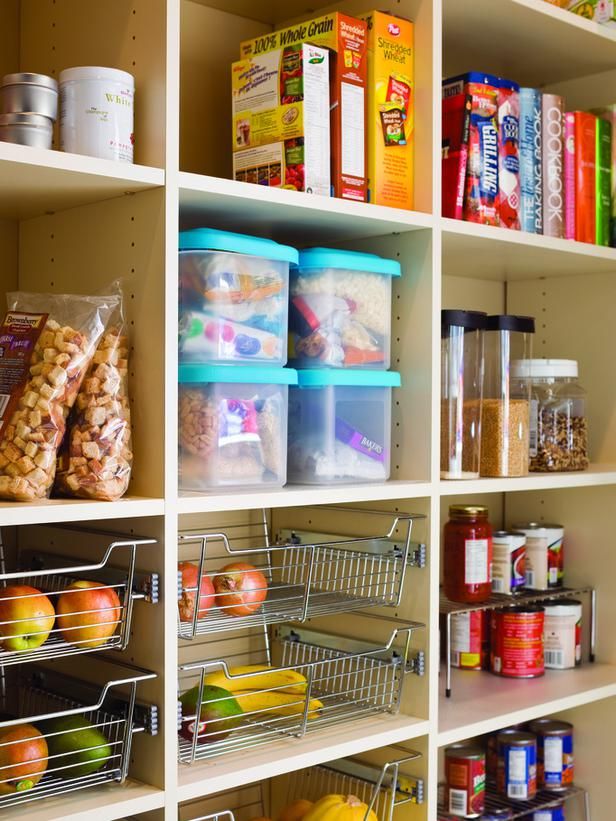 We suggest creating a soy candle in this way - you will find a master class in this article.
We suggest creating a soy candle in this way - you will find a master class in this article.
Planters for small plants
Tiny succulents don't need large flower pots, and baby food jars are perfect for them. You can wrap the jar with satin ribbon or twine - and give the plant to anyone. Looks very cute!
© Instagram @zhirafrika, @pikulka_zanozaPincushion
An idea for needlewomen who need a handy storage for needles and tailor's pins. Inside such a jar, you can fold buttons or small details that are always lost.
View this post on Instagram
Thread organizer
The threads will never get tangled with them! We recommend using it for the remains of the glomeruli - try it to evaluate how convenient it is.
© Instagram @tvorcheskie_idei_dlya_domaEducational game
However, baby food jars can be reused in children's games - for example, in this one with the study of colors.